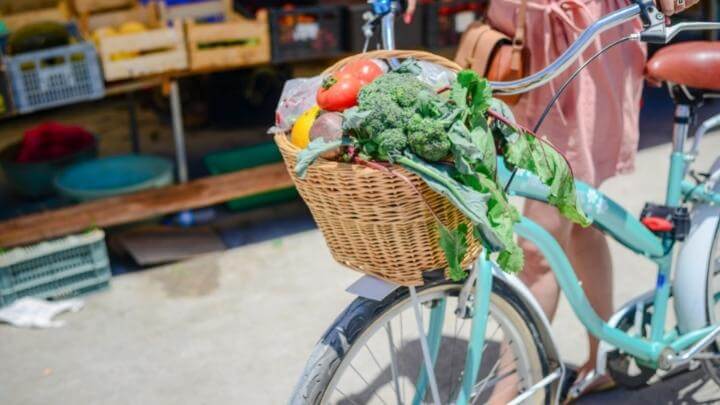Best Ways to Support the Planet by Reducing Your Individual Carbon Footprint
5 minute read
There are two ways to look at carbon emission across the world. We can look at it from a national perspective where the most populous countries such as China become the leading polluters.
We can also look at it from a individual perspective, where countries like the US, Australia, Saudi Arabia, and Canada lead in pollution. Looking at it from this perspective also puts the burden of responsibility on each one of us.
As an individual, there are tools provided by agencies such as the U.S. Environmental Protection Agency's carbon footprint calculator that you can use to quickly and efficiently calculate your carbon emissions.
For example, in the US, on average, an individual contributes about 17 metric tons of carbon into the atmosphere. The tools ask you a few questions about your daily life, then uses the answers to estimate your carbon emissions.
By analyzing those questions, we can identify tasks that we can limit on an individual basis to lower carbon our carbon footprint overall.
Here are just some of the tasks we can tackle to make the world a greener place:
Reducing Excessive Lighting
We all use some form of lighting and what that means for us all is that we leave a distinct carbon footprint if it is not natural light we are using.
The size of the carbon footprint also varies depending on the energy rating of the artificial light source.
In that regard, incandescent bulbs leave the biggest carbon footprint, halogen lamps follow closely, while fluorescent tubes are the most efficient of the three.
The LED bulbs are currently the most efficient source of light followed closely by the compact fluorescent bulbs. By using these, you reduce your carbon footprint.

Replacing Household Appliances
We need to replace old appliances such as fridges, clothing dryers, washing machines, and water heaters with more recent and energy efficient models that come rated with the efficiency energy star.
We should try to manage our home's thermostat properly as well. Adjust it upwards during warm months and downwards in cold months. When washing clothes, we can use cold water instead of warm water and then line-dry the clothes.
Just those few changes will make a difference on your bill, and in the world.
Recycling Reusable Materials
The EPA estimates that we can immediately reduce our individual carbon footprints if we recycle common materials.
The most common materials that can be recycled are paper, plastic, aluminum, and glass. That will allow an individual to save up to 582 pounds of carbon emissions per year. That is equivalent to what we emit by driving a distance of 600 miles.
Using Renewable Energy
Investing in PV and thermal solar panels can help to lower the carbon footprint of our home’s heating and energy system.
The thermal solar panels help you to heat water that you can use to shower. The solar heated water can also be used for other duties such cleaning dishes.
The PV solar panels can be used to generate electricity for use on all household appliances. During the seasons when the sunlight is at its most intese, solar panels can provide an extremely efficient source of power.
Optimizing Travel and Commuting
You can cut down your carbon footprint by driving only when necessary.
If you can walk instead of driving, give it a go. If you can share a ride with a neighbor or friend, then do it. Making the effort to actually try to cut back on environmentally harmful habits is a great step in the right direction.
It's important to know that if you ride in first or business class, you're also adding onto your carbon footprint. Economy class has a much smaller carbon footprint.

Shopping the Smarter Way
You should consider buying less meat and using disposable shopping bags. A pound of beef leads to an emission of about 17 pounds of carbon.
The large number of cows and other animals reared to supply the beef leave their own substantial carbon footprint. Plants on the other hand lower the overall carbon in the environment.
The use of disposable bags leads to increased carbon emissions unlike the use of general-purpose bags, so switch to those whenever you can.
You should also lower your consumption of drinks bottled in plastics and cans, including bottled water.
Instead, you can make your own bottled water and recycle the bottles at home.
Statistics show that most of the industrial carbon footprint in China is for making goods to be exported. Most of those exports end up in the United States.
The Bottom Line
It's not that hard to make a positive impact in the world by reducing your carbon footprint and making small, manageable changes.
From lighting to travel, there are a slew of quick fixes that help ensure that our children and their children will inherit the kind of clean, green world they deserve.












